Paul J. Nahin0691027951, 9780691027951, 9780691127989, 0691127980
In 1878, when two brothers stole a mathematical papyrus from the ancient Egyptian burial site in the Valley of Kings, they led scholars to the earliest known occurrence of the square root of a negative number. The papyrus offered a specific numerical example of how to calculate the volume of a truncated square pyramid, which implied the need for i . In the first century, the mathematician-engineer Heron of Alexandria encountered i in a separate project, but fudged the arithmetic; medieval mathematicians stumbled upon the concept while grappling with the meaning of negative numbers, but dismissed their square roots as nonsense. By the time of Descartes, a theoretical use for these elusive square roots–now called “imaginary numbers”–was suspected, but efforts to solve them led to intense, bitter debates. The notorious i finally won acceptance and was put to use in complex analysis and theoretical physics in Napoleonic times.
Addressing readers with both a general and scholarly interest in mathematics, Nahin weaves into this narrative entertaining historical facts, mathematical discussions, and the application of complex numbers and functions to important problems, such as Kepler’s laws of planetary motion and ac electrical circuits. This book can be read as an engaging history, almost a biography, of one of the most evasive and pervasive “numbers” in all of mathematics.
Amazon.com Review At the very beginning of his book on i, the square root of minus one, Paul Nahin warns his readers: “An Imaginary Tale has a very strong historical component to it, but that does not mean it is a mathematical lightweight. But don’t read too much into that either. It is *not* a scholarly tome meant to be read only by some mythical, elite group…. Large chunks of this book can, in fact, be read and understood by a high school senior who has paid attention to his or her teachers in the standard fare of pre-college courses. Still, it will be most accessible to the million or so who each year complete a college course in freshman calculus…. But when I need to do an integral, let me assure you I have not fallen to my knees in dumbstruck horror. And neither should you.”
Nahin is a professor of electrical engineering at the University of New Hampshire; he has also written a number of science fiction short stories. His style is far more lively and humane than a mathematics textbook while covering much of the same ground. Readers will end up with a good sense for the mathematics of i and for its applications in physics and engineering. –Mary Ellen Curtin
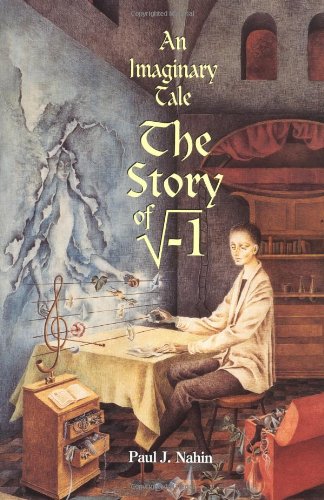
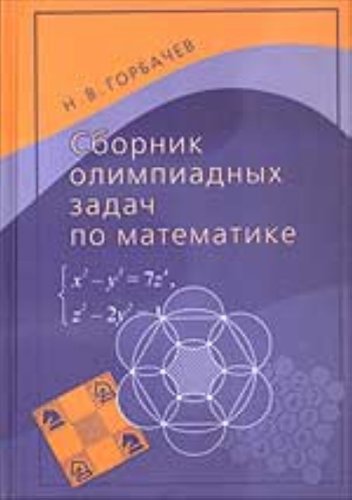
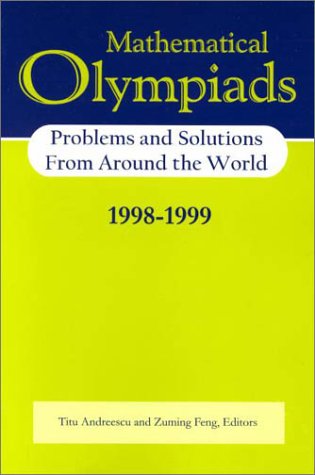
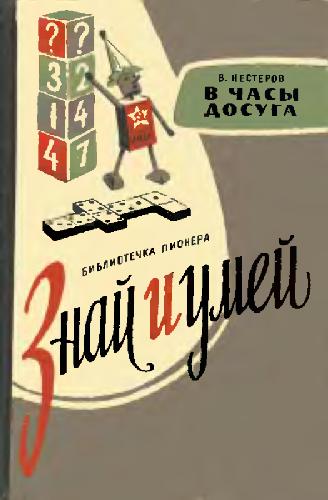
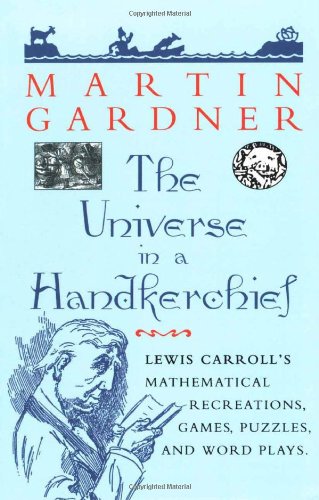
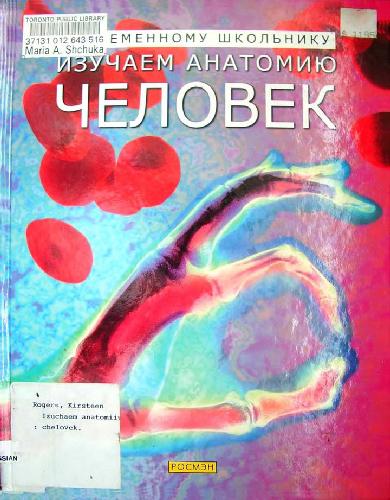

Reviews
There are no reviews yet.